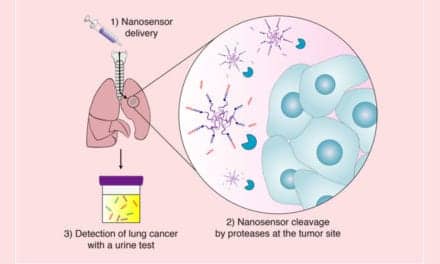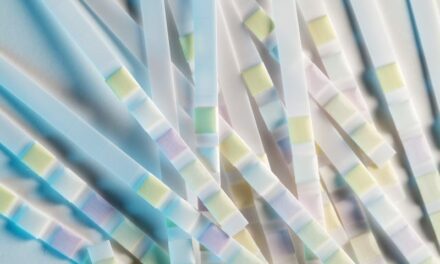This is a companion article to the CLP feature, “Recent Developments in Serology.”
In its classic definition, serology is “the scientific study of fluid components of the blood, especially antigens and antibodies.”1 But in practice, serological studies have rarely been limited to the serum component of blood, and they often include studies of antigens and antibodies found in such other body fluids as saliva and semen.
Still more striking has been the gradual evolution of the tests and technologies used to conduct serology studies. Early serology testing made use of such qualitative or semiquantitative techniques as agglutination, precipitation, and complement fixation testing. These methods typically resided in the microbiology section of clinical laboratories.
With the development of immunoassays using a variety of detection technologies—enzyme immunoassays, enzyme-linked immunosorbent assays, immunofluorescent assays, radioimmunoassays—laboratories created separate immunology sections that took responsibility for performing many serological tests. However, there continued to be considerable crossover between the two sections.
Laboratories’ divisional treatment of serology became even less distinct as advancing technologies gradually began moving immunoassays onto automated high-throughout chemistry analyzers. To match the workflow of such platforms, laboratories developed “core labs” that consolidated the majority of automated testing—including chemistry, hematology, urinalysis, and immunoassays—into one large work area. Most serological testing was then moved to the microbiology sections on newly developed random-access platforms.
Today, further change is in the works, as new platforms making use of molecular technologies are competing for market share against existing immunoassay platforms in many varieties. Where once there existed full labs and divisions devoted to serology, now serology is conducted in molecular diagnostics labs or in the molecular sections of microbiology labs.
So, is the term serology obsolete? Not likely, as even more testing is being devised to uncover the relationships among antigens and antibodies circulating in the blood and other body fluids. But when you think serology, don’t expect to find outdated technologies at play. If history is any guide, serology will continue to evolve in order to make use of the best cutting-edge platforms that industry has to offer.
REFERENCE
1. Taber’s Cyclopedic Medical Dictionary. 19th ed. Philadelphia: F.A. Davis; 2001.




